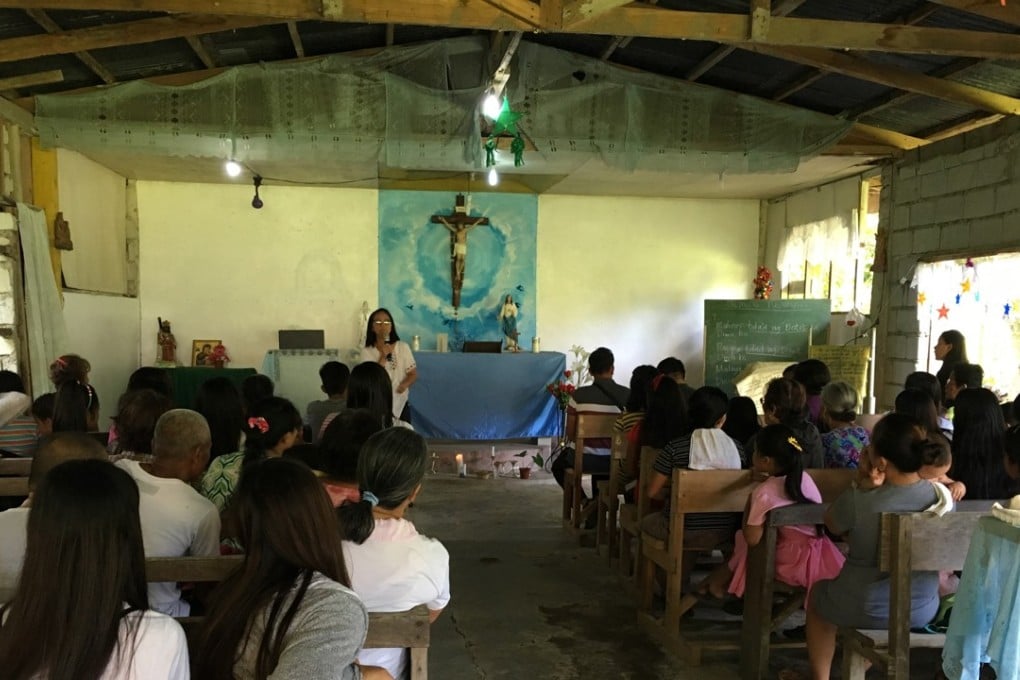China, Duterte and the Philippine dam set to become a reality, despite four decades of protest
- Dumagats fear US$232 million project will displace them from lands they have called home for generations
- Project aims to augment water security for fast-growing metropolitan Manila

Deep inside the Sierra Madre mountain range about 60km (37 miles) east of the Philippine capital of Manila, distance is measured in river crossings.
It takes 13 crossings – a rocky journey by motorcycle, jeep or boat – from the administrative centre of the Santa Ines district to reach the remote area known as Sitio Nayon, the ancestral lands of the historically nomadic Dumagat tribe.
Even by jeepney, the ubiquitous open-backed passenger truck, the journey takes an hour. Despite the distance, dozens of anxious villagers came together at the local community hall one afternoon to speak out against what they see as a looming threat to their way of life: the China-funded Kaliwa dam.
“What will happen if we are forced to go elsewhere? We don’t know where to go,” Dante Alcien, from a nearby district in Lumutan, Quezon province, said to the villagers. “The Chinese government is committing a grave sin by building this dam. They are invading our territory.”
The Dumagats fear that the 12.2 billion peso (US$231 million) mega dam, being built to augment water security for rapidly urbanising Metro Manila will displace them from the lands they have called home for generations.
While the government projected that only 56 families would be directly displaced by the dam, villagers are concerned about the unknowns: a lack of information from the government, the potential environmental and flooding impact, and the prospect of approval for bigger dams in their river basin.